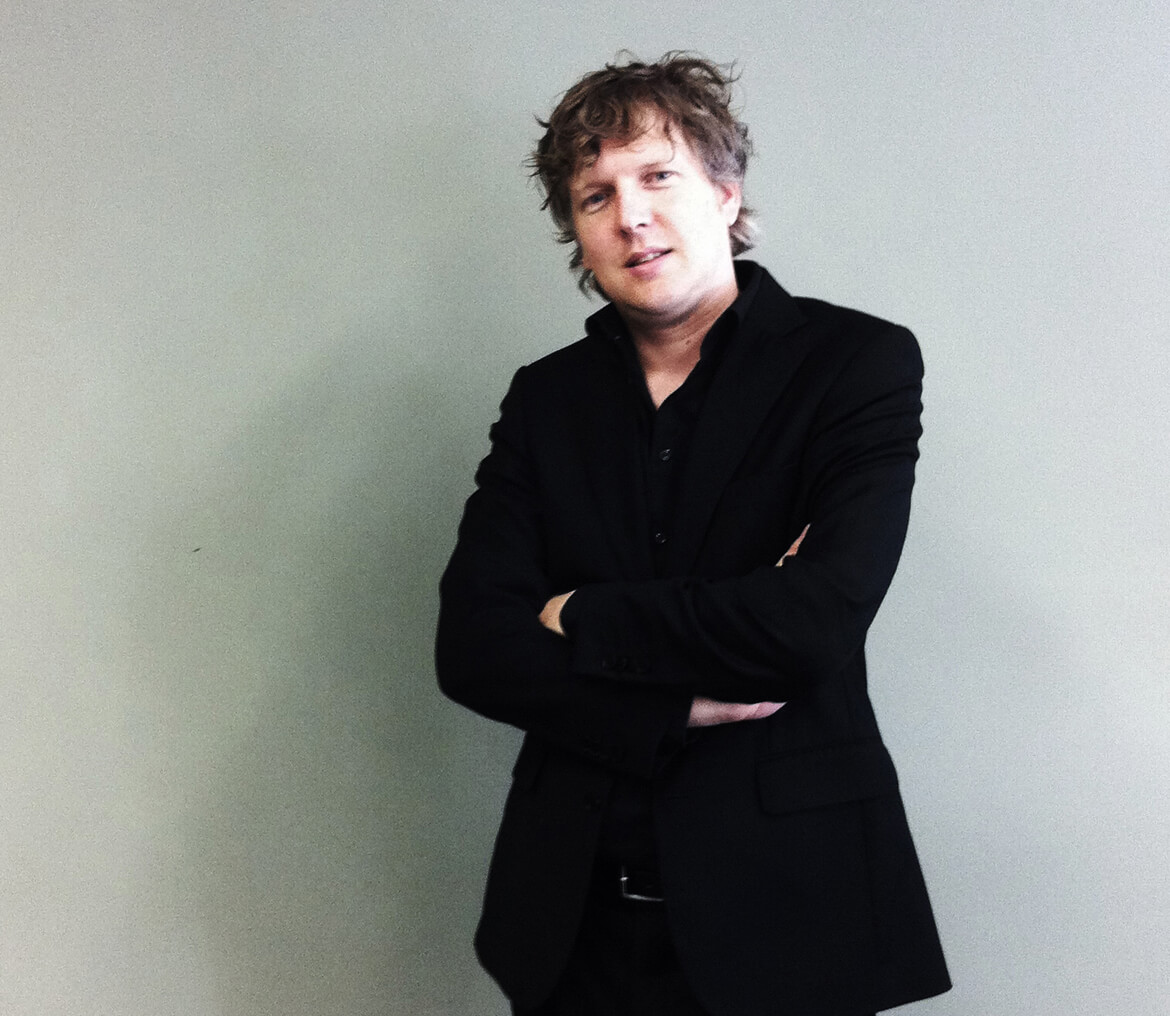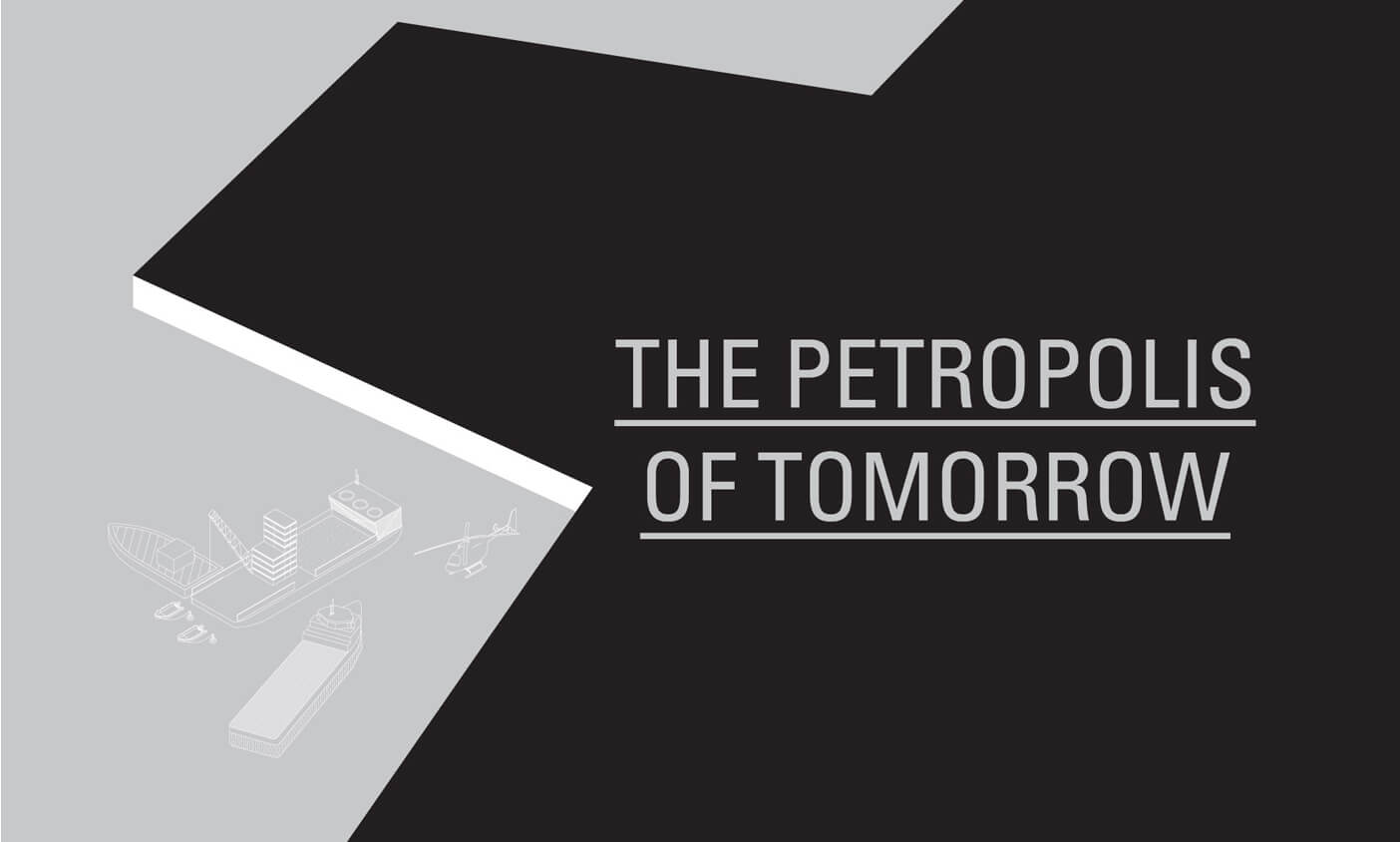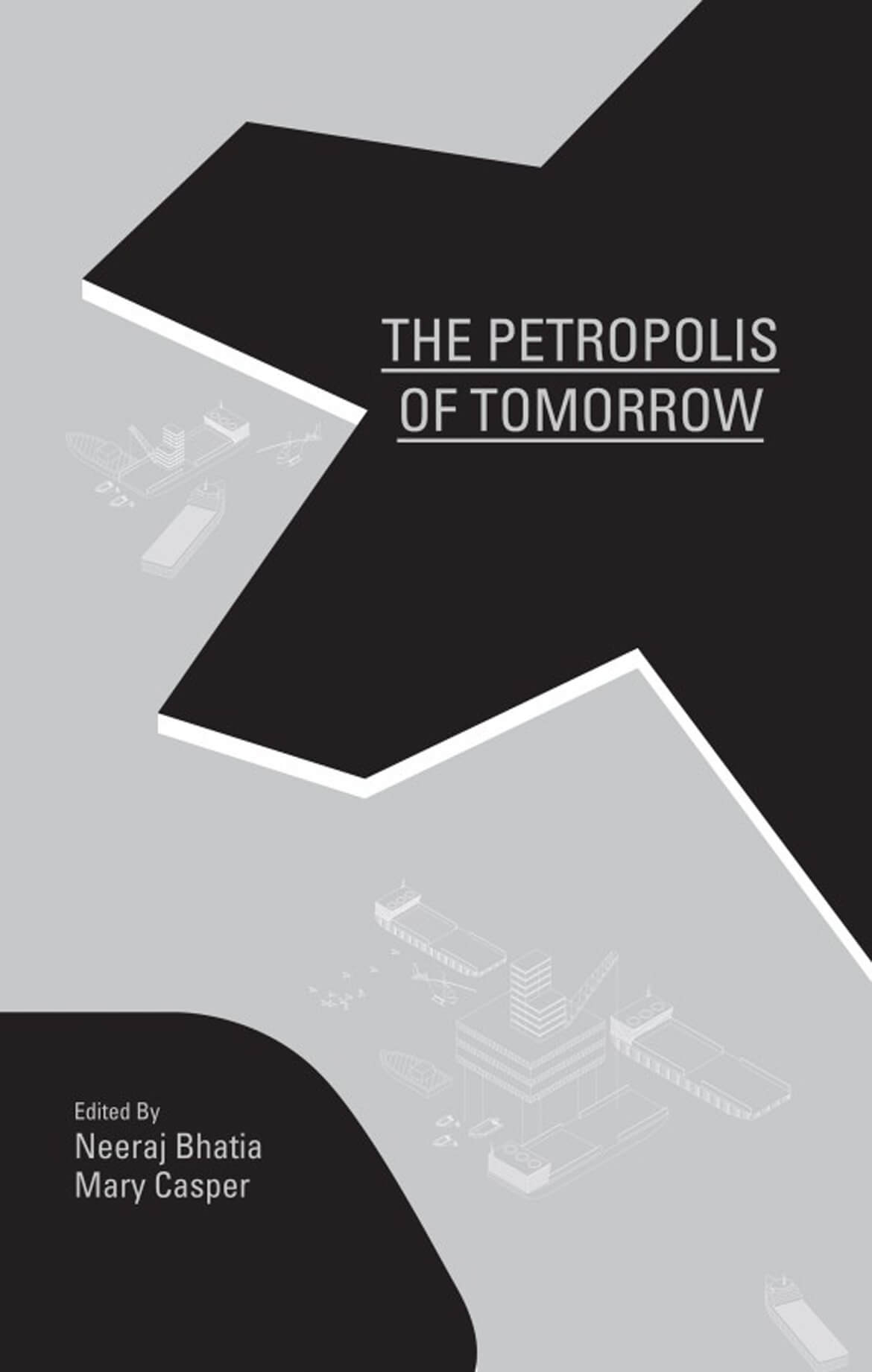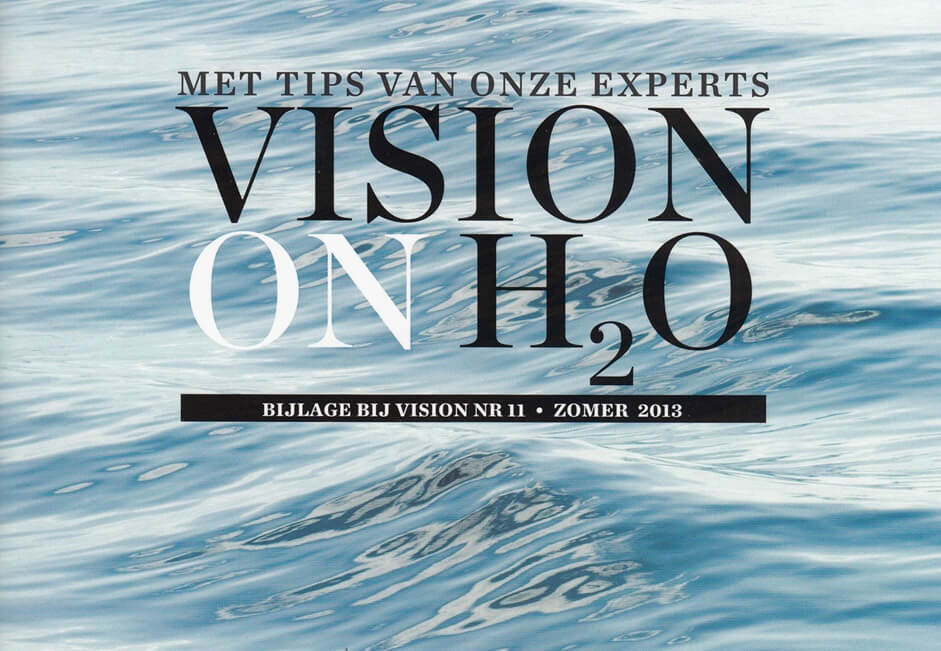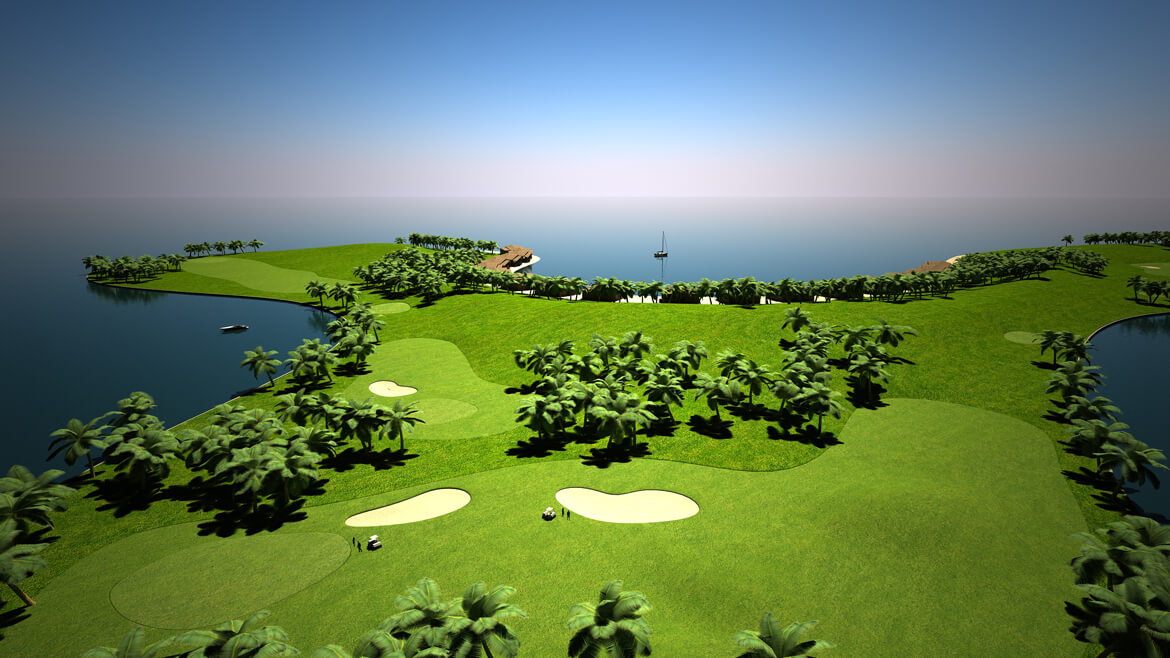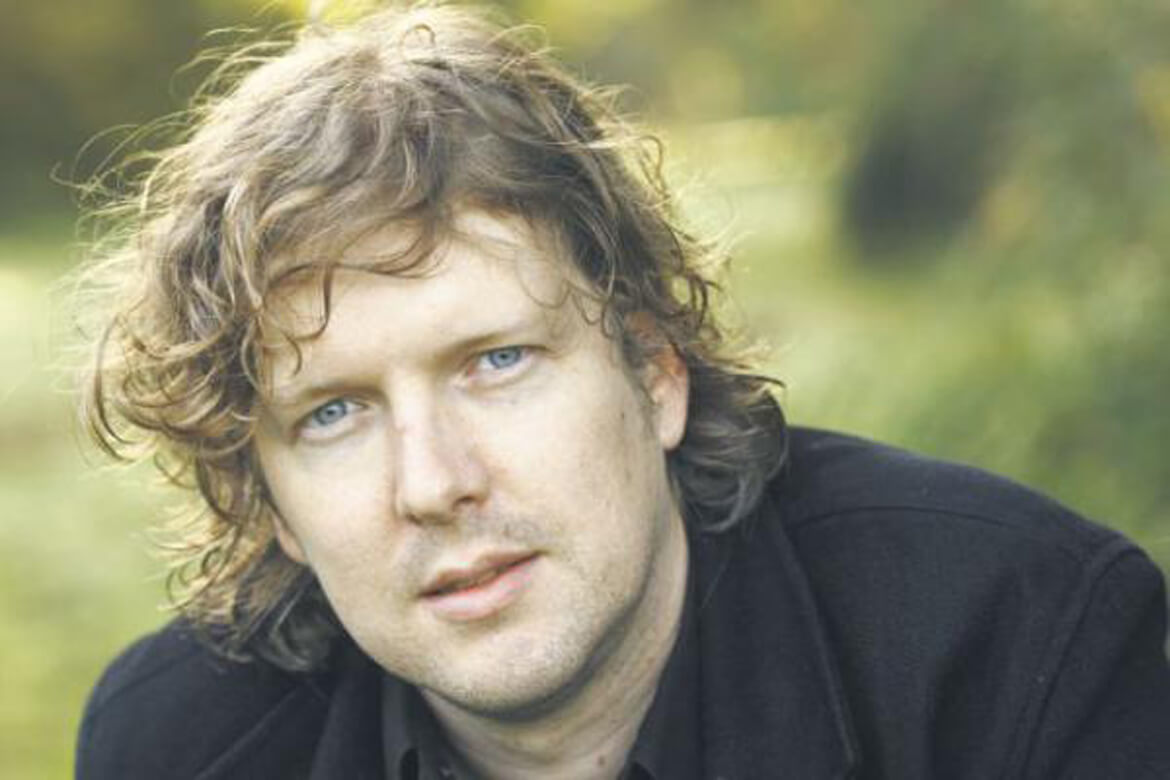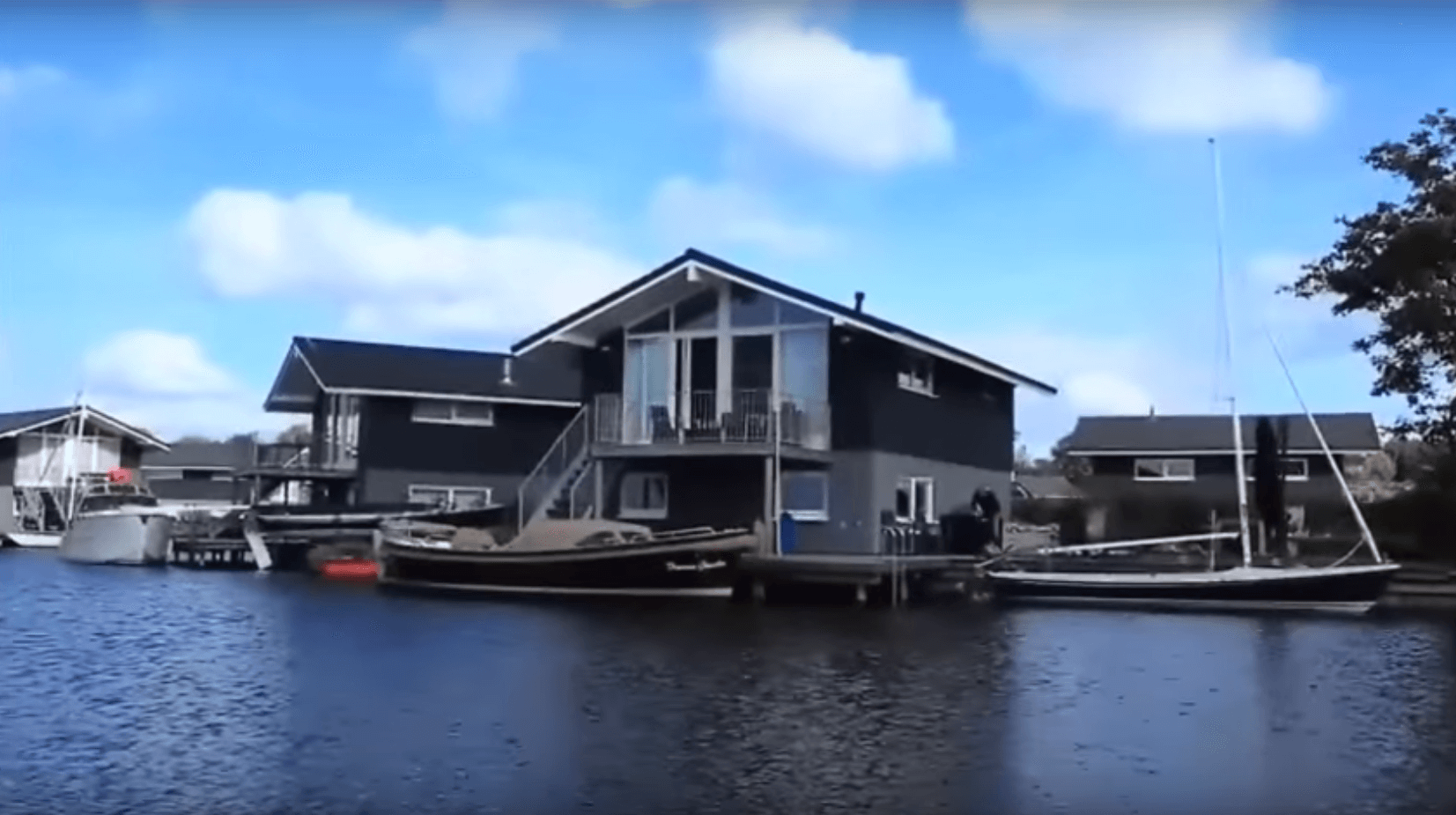Nederlander wil drijvende steden aanleggen in VS
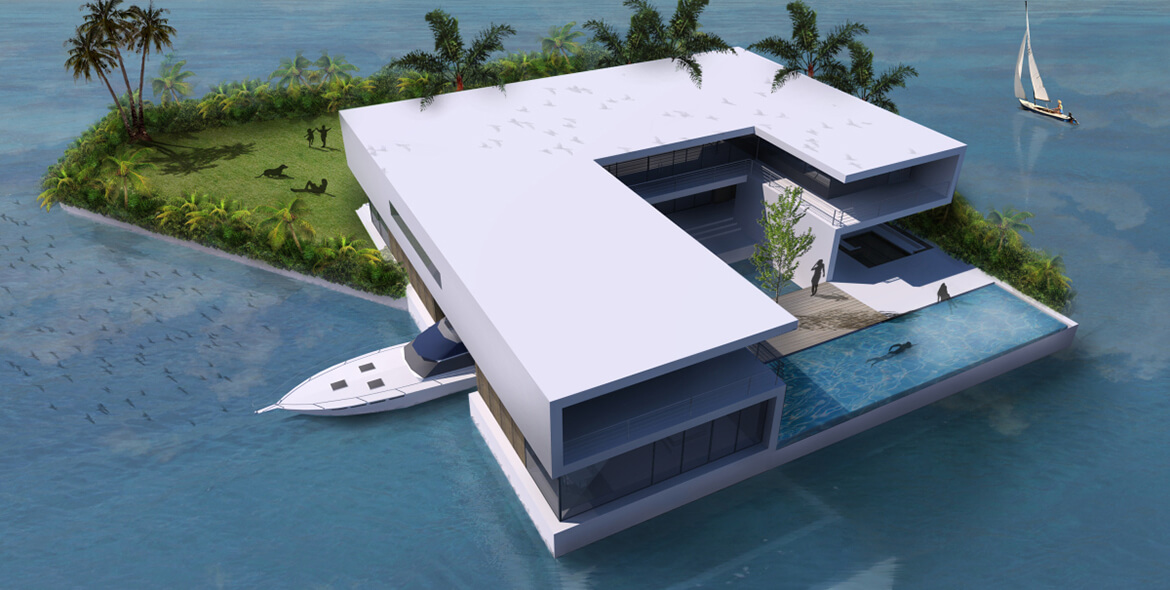
AD Haagshe Courant, Stijn Hustinx, Sep 2013
Een Nederlands bedrijf wil drijvende steden bouwen voor de kusten bij Miami en New York. Vandaag ontvouwt Dutch Docklands zijn plannen. ‘De bedoeling is dat nog dit jaar de eerste contracten worden ondertekend’, zegt Paul van de Camp van het bedrijf tegen het AD.
Dutch Docklands begint ‘klein’, vertelt Van de Camp aan het AD. ‘We hebben bij Miami net een meer van 75 hectare gekocht waar we zestien privé-eilanden willen aanleggen ter waarde van 200 miljoen dollar.’
‘Eilandfundering bestaat uit grote plateaus van schuim en beton’
Op termijn zou het concept kunnen uitgroeien tot compleet drijvende steden, met woningen, scholen, kantoren, winkelcentra en hotels. ‘In landen als Japan en Thailand bestaan drijvende steden al sinds mensenheugenis. Samen met onder meer TNO hebben we grote eilandfunderingen ontwikkeld. Het gaat om drijvende lichamen die bestaan uit grote plateaus van schuim en beton en die kun je zo veel als je wilt aan elkaar vastmaken. Dus of je nu één hotel op een klein drijvend eilandje wilt of een complete stad, het kan. Al zou ik het zeker niet simpel willen noemen. Het lastigste aspect is om de boel te stabiliseren.’
Naast kust Miami ook New York en New Jersey
Het Nederlandse bedrijf heeft niet alleen zijn oog laten vallen op de kustregio van het zonovergoten Miami, maar heeft zich ook gemeld in wereldstad New York en de staat New Jersey om daar drijvende eilanden te gaan bouwen. Plekken die vorig jaar nog hard werden getroffen door superstorm Sandy en het wassende water.
Het is niet zonder reden dat de Nederlanders zich juist hier melden. Op basis van recent onderzoek is een mondiale top 5 samengesteld van rijkste steden die het hardst getroffen zullen worden door de stijgende zeespiegel. Die werd eerder deze maand gepubliceerd door National Geographic. Op nummer 1 staat Miami, New York neemt de derde plek in op de ranglijst. Van de Camp zegt dat hij concrete gesprekken voert met instanties in Miami en New York. Hij verwacht dat nog dit jaar de eerste contracten worden ondertekend.
Minister Schultz van Haegen ook in New York
De ondernemer is niet de enige Nederlander die in de VS munt wil slaan uit de stijgende zeespiegel. Vandaag trappen minister Melanie Schultz van Haegen (Infrastructuur en Milieu) en haar Amerikaanse ambtsgenoot Shaun Donovan een tweedaagse conferentie in New York af, die gaat over kustbescherming.
Nederlandse bedrijven staan sinds superstorm Sandy vorig jaar toesloeg in de rij om New York te helpen te beschermen tegen het water. Dat gebeurde ook al in New Orleans, nadat orkaan Katrina daar in 2005 voor grote overstromingen had gezorgd.
Duurste golfbaan
Dutch Docklands wist een paar jaar geleden al de aandacht op zich te vestigen met de aankondiging van de duurste golfbaan ter wereld, ter waarde van 500 miljoen dollar (ruim 350 miljoen euro) bij de Malediven. Deze golfbaan omgeeft een drijvend stadje van enkele honderden woningen.
Hoewel er op papier al de nodige projecten zijn gelanceerd, krijgt het eerste nu ook echt concreet vorm bij de paradijselijke eilandengroep in de Indische Oceaan, die onder de zeespiegel dreigt te verdwijnen. Dutch Docklands gaat daar vijf lagoons ter grootte van de binnenstad van Delft volbouwen. De eerste wordt eind volgend jaar al opgeleverd.


